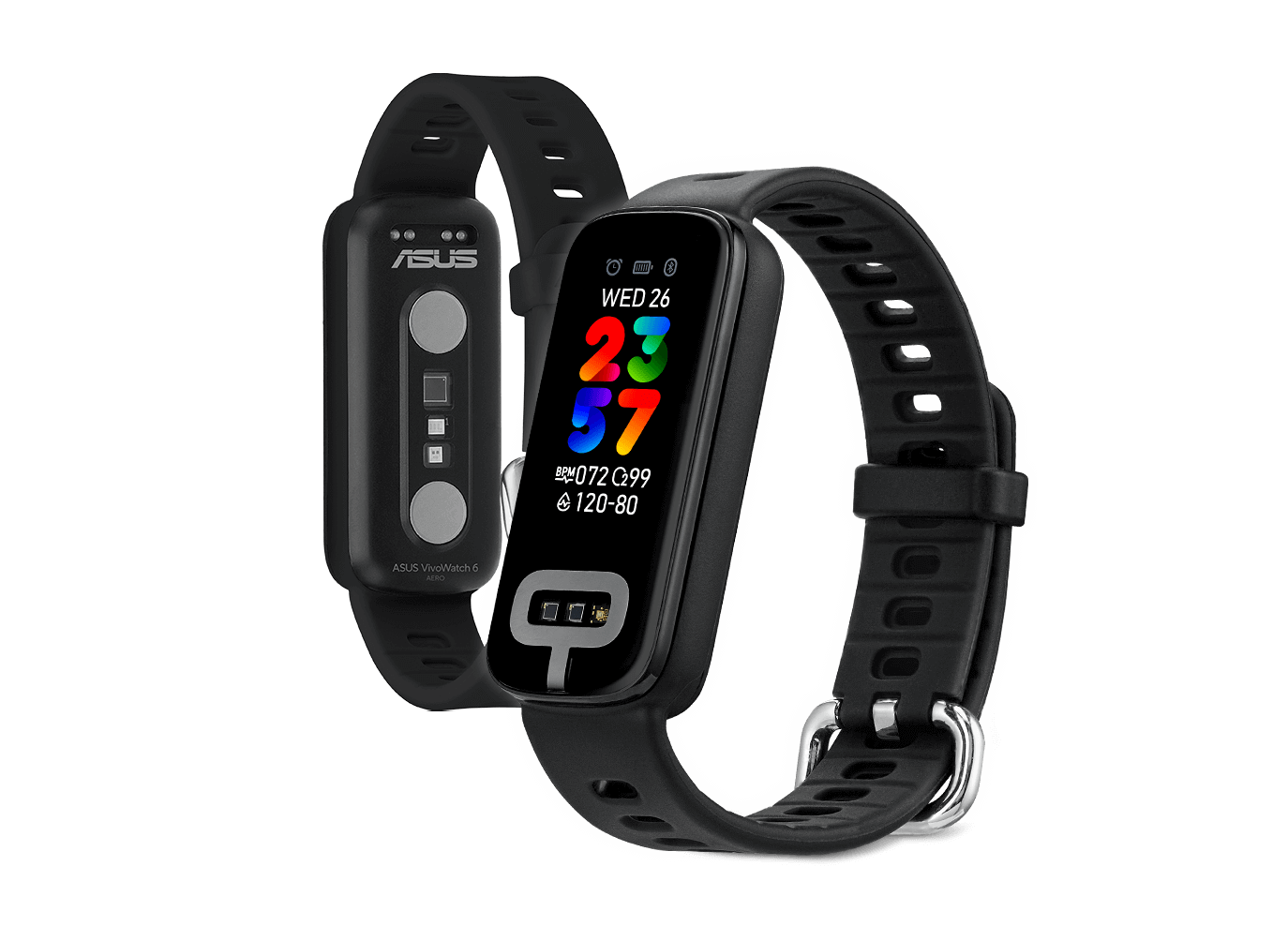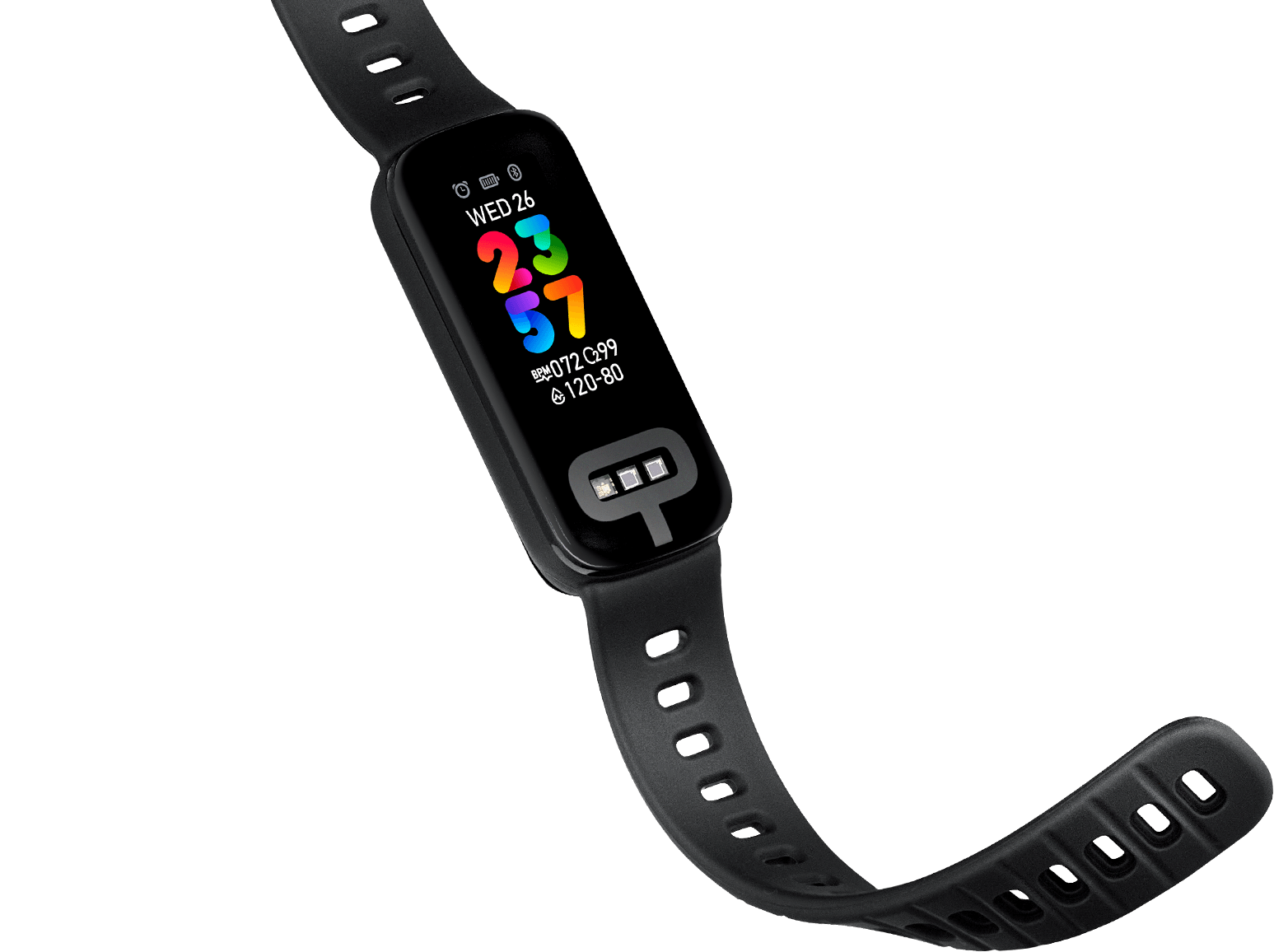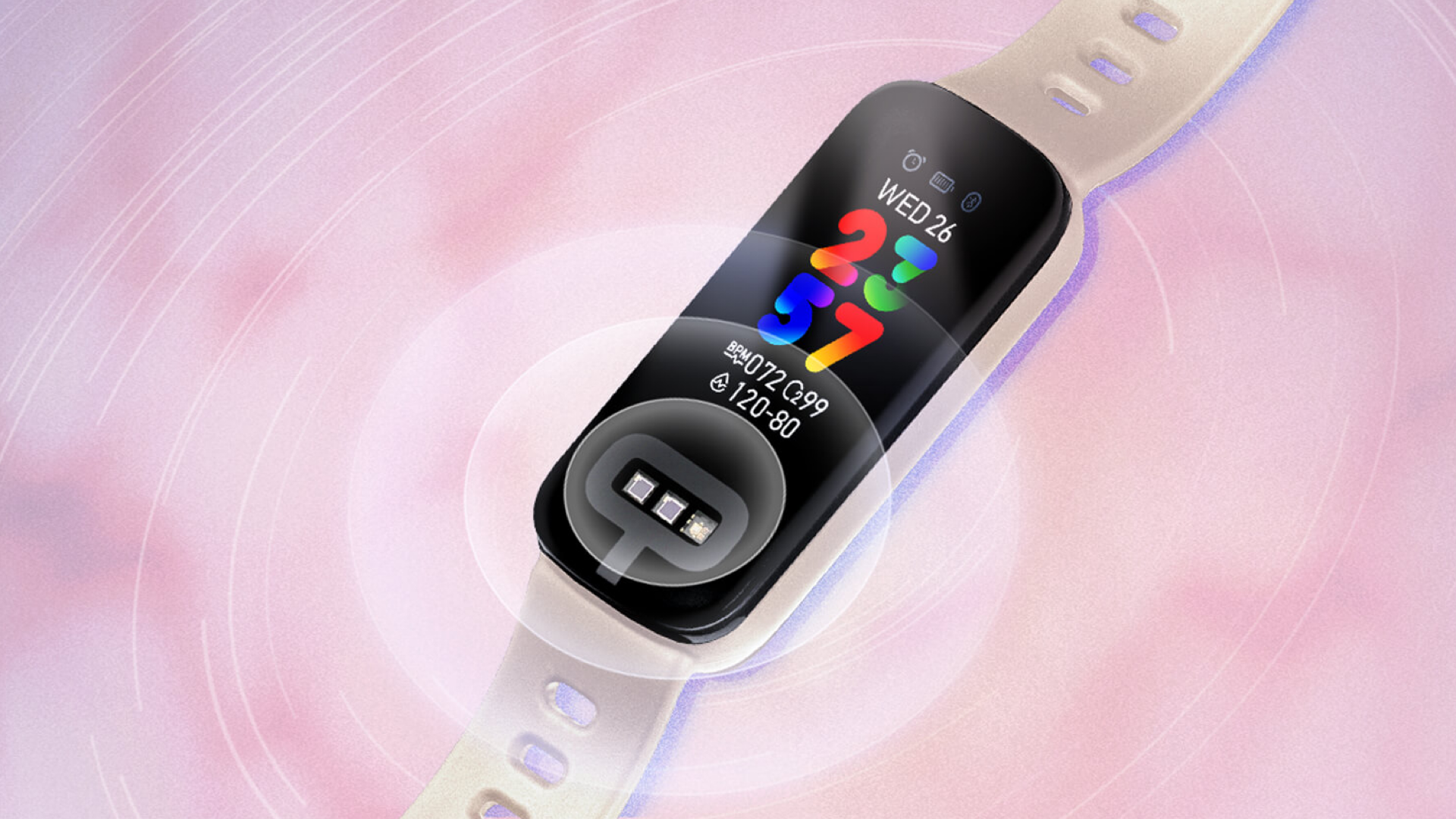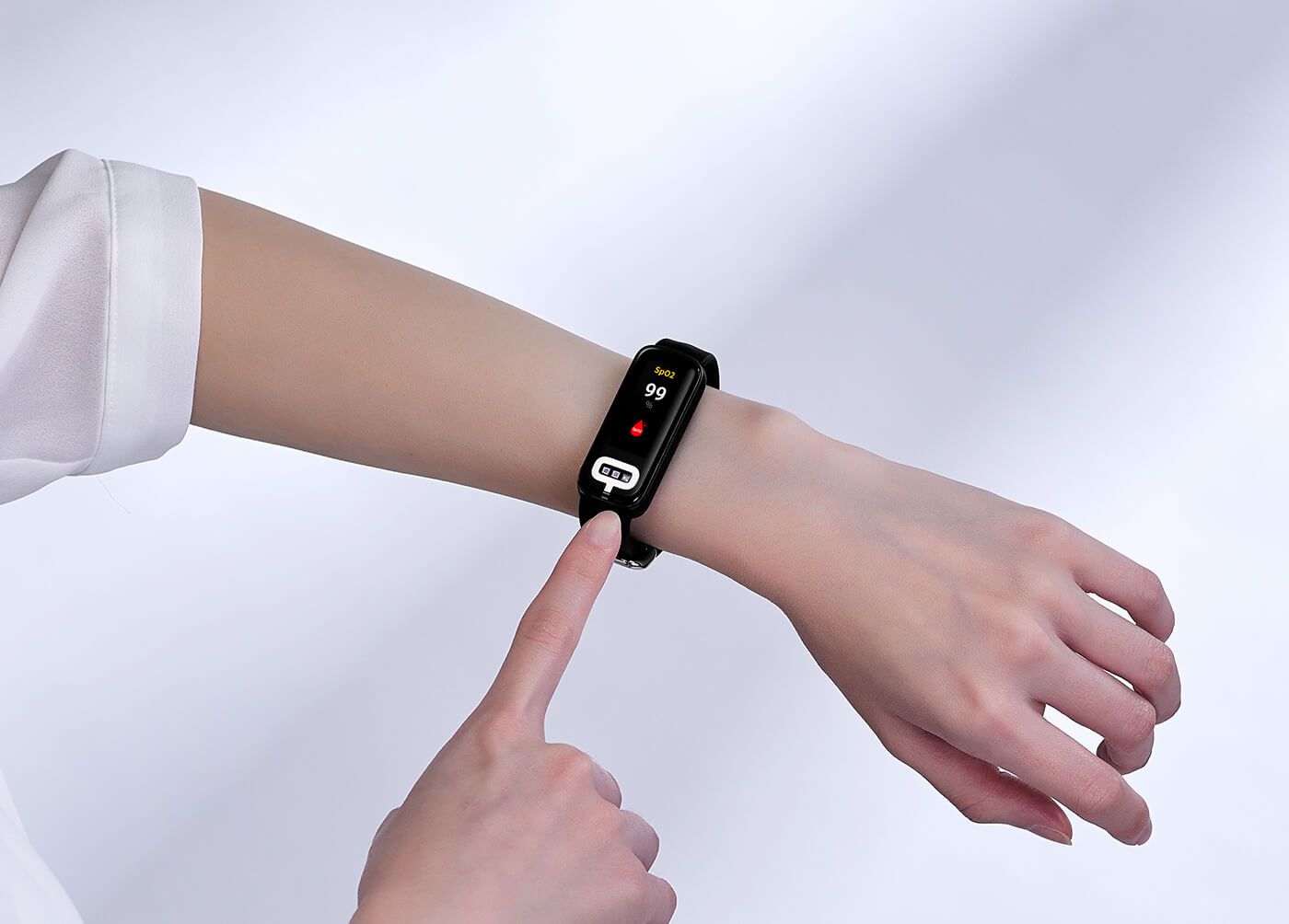ASUS’s New Fitness Band Can Detect Blood Pressure and ECGs
Android
ASUS isn’t well known for its wearable devices, but it has sneakily released two feature-packed fitness trackers. The latest is the VivoWatch 6 AERO, which the company claims is the “world’s first” smart wristband that can detect blood pressure and electrocardiogram–but is that true?
The VivoWatch 6 AERO is the successor to the VivoWatch 5 AERO, which was released in 2023. That fitness band also boasted a “world’s first” for detecting pulse transit time. The VivoWatch 5 AERO featured the ability to measure blood pressure and electrocardiogram. Wait, that sounds familiar.
Strangely, ASUS is claiming the VivoWatch 6 AERO is the “world’s first” at something its very own product could do two years ago. In fact, when looking into it deeper, I found there’s very little difference between the two models.
The VivoWatch 6 AERO and 5 AERO can both measure blood pressure, electrocardiogram, pulse transit time, and Sp02 blood oxygen. The ECG and PPG sensors are located on the front for real-time quick measurments and on the back for continuous monitoring. There’s also sleep tracking with sleep scores and the ability to track a wide range of exercises and activities.
One thing that the VivoWatch 6 AERO has going for it is support for the Software as a Medical Device (SaMD) standard–the watch software itself is considered a “medical device.” That means the information provided is subject to the same regulations as other medical devices.
There appear to be two technical improvements. First, the display has been upgraded from POLED to AMOLED, and it’s 1.1-inch vs 0.96-inch. Bluetooth has also been upgraded from 4.2 to 5.0. That’s about it. The battery is actually 5mAh smaller at 135mAh, and the front scanner looks a bit different.


ASUS did not share the release date or pricing information, but the previous model launched for around $130. All in all, it doesn’t seem to be a massive upgrade, but AMOLED is nice, and the SaMD standard is cool if you need accurate blood pressure information for your cardiovascular health.
Source: ASUS (YouTube)

















